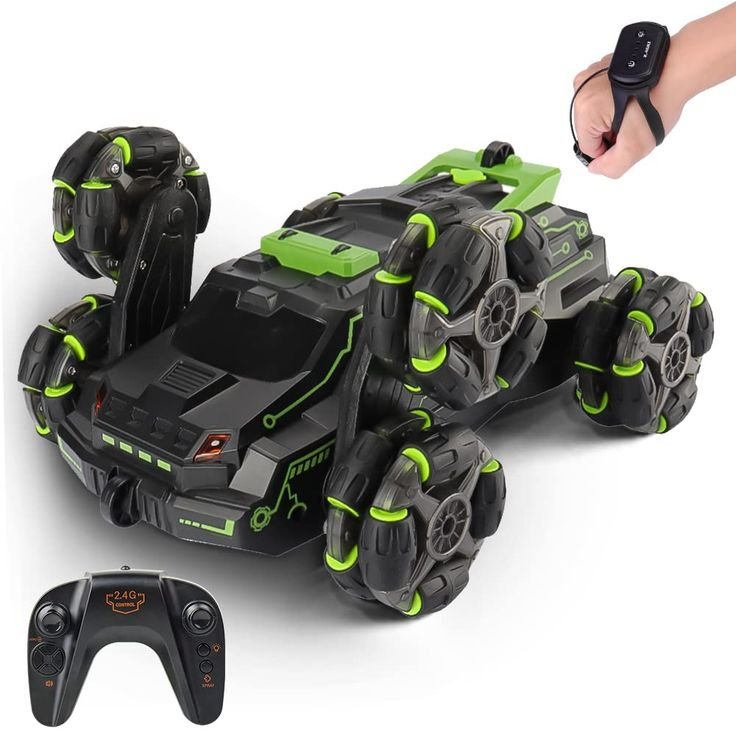
Edit Post
Controlling a smart car with gestures involves advanced technologies like gesture recognition systems, sensors, and artificial intelligence. Cameras and sensors, such as LiDAR and ultrasonic sensors, detect and track hand movements. AI algorithms process this data to recognize specific gestures, improving over time through machine learning. Common gestures include hand waves to start/stop the engi... View more
Controlling a smart car with gestures involves advanced technologies like gesture recognition systems, sensors, and artificial intelligence. Cameras and sensors, such as LiDAR and ultrasonic sensors, detect and track hand movements. AI algorithms process this data to recognize specific gestures, improving over time through machine learning. Common gestures include hand waves to start/stop the engine; finger swipes to change music tracks or adjust volume, pinching to zoom in/out on navigation maps, and rotating motions to control climate settings. These gestures enhance safety by minimizing distractions, allowing drivers to keep their eyes on the road and hands off physical controls. They also offer convenience and hygiene benefits, especially in shared or public vehicles. However, challenges include ensuring accuracy in various conditions, a learning curve for drivers, and preventing false positives from unintended gestures. Prospects involve integrating gesture control with voice recognition and augmented reality displays, creating a more comprehensive user experience. Personalized settings that adapt to individual preferences and expand functionality will make the system more responsive and versatile. Gesture control aims to make driving more intuitive, safer, and enjoyable by providing a seamless way to interact with the car’s systems. View less
- 0 0
- 0 0
-

-
Ajith L Rajan
published solution: 11 months beforeBy 2030, controlling smart cars with gestures has become a reality, revolutionizing the driving experience. Advanced sensors and AI-powered systems allow drivers to manage their vehicles with simple hand movements. A swipe of the hand can change lanes, a flick can adjust the volume, and a wave can open windows or activate cruise control. This intuitive interface enhances safety by minimizing distractions and allowing drivers to keep their eyes on the road. Gesture control integrates seamlessly with other smart technologies, such as voice commands and augmented reality displays, creating a cohesive, futuristic driving environment. As this technology becomes widespread, it redefines convenience, making driving more interactive and enjoyable while promoting safer roadways.
0 1 0 0 1 0


